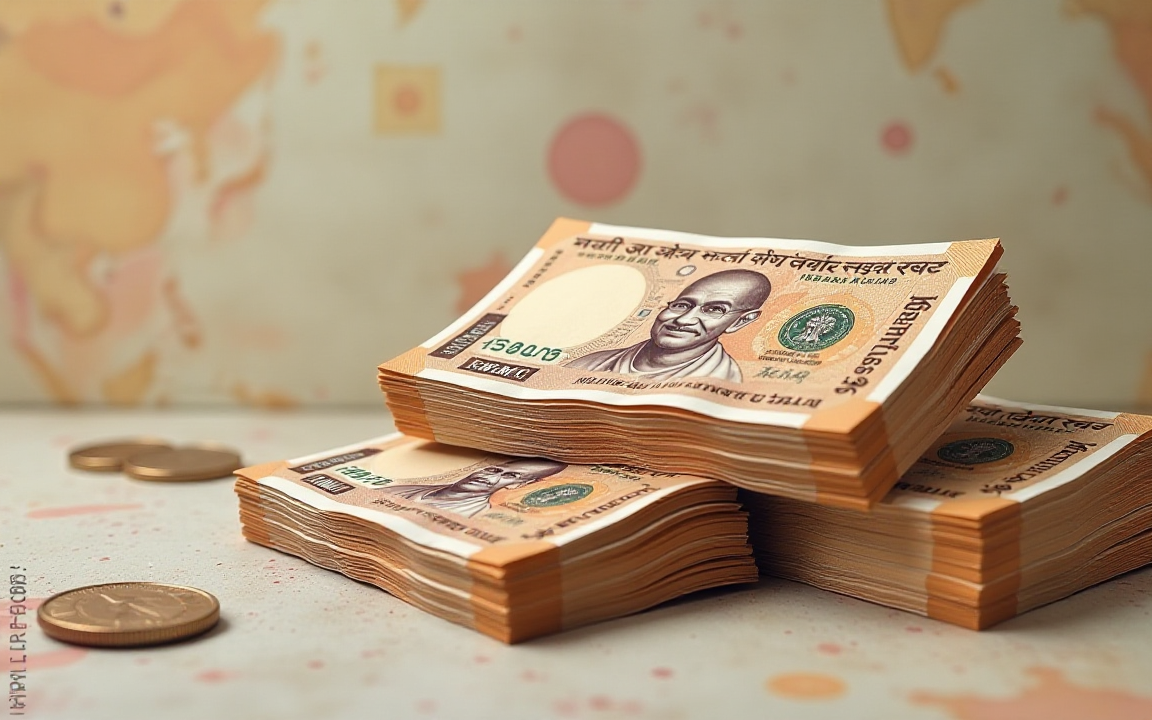Despite holding interest rates steady, the Reserve Bank of India has substantially revised its inflation forecast downwards, signaling potential for further rate cuts amidst emerging downside risks to economic growth.
Softer inflation combined with emerging downside risks to growth indicates scope for additional rate cuts, especially if monetary policy transmission strengthens, according to ING Group.
Rates unchanged
RBI maintained the repo rate at 5.5%, aligning with both market consensus and our projections on Wednesday.
The central bank also upheld its neutral policy stance. Significantly, the RBI sharply lowered its CPI inflation forecast for FY26 from 3.7% to 3.1%, bringing it very close to our own estimates.
The Reserve Bank of India maintained its GDP growth projection for FY26 at 6.5%, noting that the risks associated with this forecast are generally balanced.
Domestic economic activity continues to show resilience and develop as anticipated.
However, the RBI highlighted potential challenges to external demand, specifically mentioning ongoing tariff announcements and uncertainties in trade negotiations.
ING expects rate cut by year-end
Further rate cuts are primarily contingent on a significant downside surprise in growth, ING said in a report.
High-frequency indicators suggest a future deceleration in GDP growth over the upcoming quarters.
“Our own forecast for FY26 GDP growth stands at 6.3% year-on-year, slightly below the Reserve Bank of India’s projection,” Deepali Bhargava, regional head of research, Asia-Pacific at ING, said in the report.
In the interim, any breakdown in trade tariff negotiations with the US could introduce additional downside risks to growth, potentially prompting the RBI to reassess its outlook.
Given that real policy rates remain high compared to historical levels and inflation is projected to average below the RBI’s 4% medium-term target for the year, ING continues to anticipate a 25 basis point rate cut in the fourth quarter.
The RBI is seemingly worried about the speed of monetary transmission. It might prefer to observe a more substantial pass-through of reduced policy rates to bank lending rates before proceeding with additional easing measures, according to Bhargava.
Rupee to get support
Last month, the Indian rupee was the worst-performing currency in the region. This was primarily due to volatile oil prices and the absence of an anticipated trade deal with the US, which was largely expected to benefit India.
Instead, India faces a substantial economic challenge as the US has imposed a 25% tariff on its exports, the highest in the region.
This could significantly impact India’s GDP growth, considering the US accounts for nearly 18% of the country’s total exports, according to ING.
“However, we think it’s likely that both nations will continue the negotiations, using levers such as reducing imports from Russia, and India could end up with a lower tariff rate,” Bhargava said.
Uncertainty may weaken investor sentiment in the interim, as indicated by FII (foreign institutional investors) outflows in July.
Today’s rate move should help INR stabilise, especially at a time when India’s policy rate differential with the US is at a multi-year low.
The post ING Group anticipates RBI rate cut by year-end amid softer inflation appeared first on Invezz

